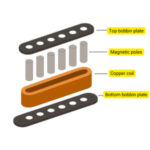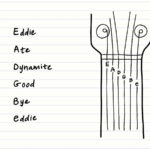 A variety of traditional Japanese musical instruments are displayed, including stringed and wind instruments
A variety of traditional Japanese musical instruments are displayed, including stringed and wind instruments
Music is deeply woven into the fabric of Japanese culture, influencing everything from modern media to historical traditions. While Western instruments like the guitar are popular today, Japan boasts a rich heritage of traditional instruments that have graced musical performances for centuries. These instruments, including unique string instruments, offer a fascinating glimpse into Japan’s artistic soul.
Today, you can still experience the enchanting sounds of these traditional instruments in various settings, from TV and festivals to formal concerts and theatrical shows like Kabuki. Let’s explore six remarkable Japanese instruments, including stringed instruments that might pique the interest of guitar enthusiasts and beyond.
Exploring Japanese String Instruments: A Melodic Journey
While the term “Japanese String Instrument Guitar” might initially sound like a direct equivalent to a Western guitar, it opens a door to a broader and more nuanced world of Japanese stringed instruments. These instruments, while different from guitars, share the fundamental principle of creating music through vibrating strings, and some even possess features that guitar players might find familiar or intriguing.
1. Koto: The Soulful Sound of Japan’s National Instrument
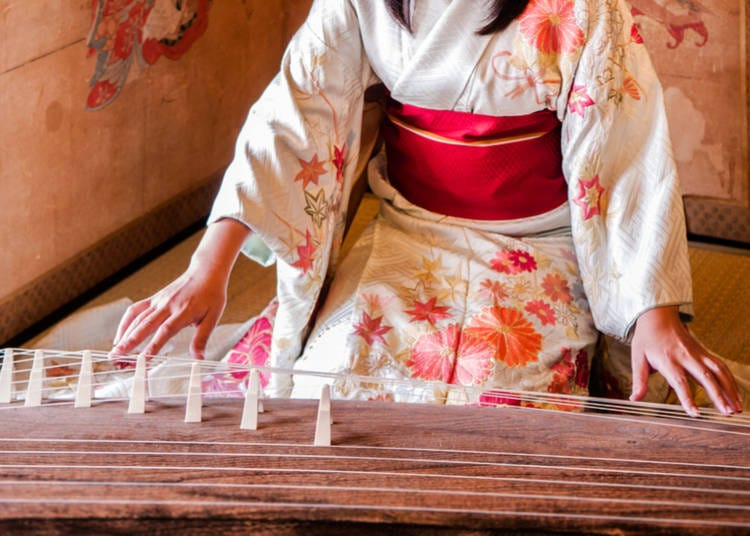 A close-up view of a Koto, highlighting its thirteen strings and ivory bridges
A close-up view of a Koto, highlighting its thirteen strings and ivory bridges
The Koto is often considered the national instrument of Japan, and experiencing its performance is a must for anyone interested in Japanese music. This Japanese string instrument is placed horizontally on the floor, and its strings are plucked using picks on the fingers. It bears resemblance to other Asian zithers like the Korean gayageum and Chinese Zheng, but possesses its own distinct character.
Traditionally crafted from kiri wood, the koto is impressively large, typically around 180 cm (six feet) long. While the classic koto features 13 strings, variations with 17, 20, 21, or even 25 strings exist today, expanding its sonic possibilities. The music produced by the koto is often described as romantic and evocative, capable of expressing a wide range of emotions. Historically significant koto artists include masters like Yatsuhashi Kengyo, Tadao Sawai, and Kazue Sawai, who have shaped the instrument’s repertoire and playing techniques.
2. Shamisen: The Versatile Lute with a Guitar-like Neck
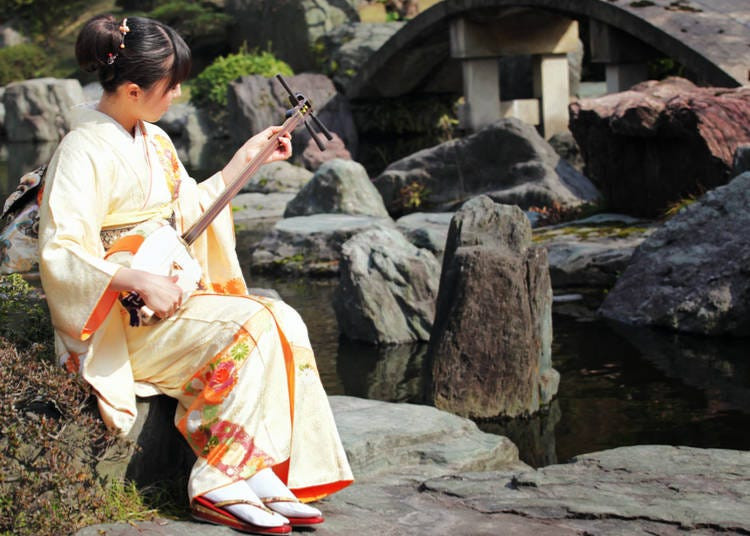 A performer skillfully playing a Shamisen, showcasing its long neck and distinctive soundbox
A performer skillfully playing a Shamisen, showcasing its long neck and distinctive soundbox
The Shamisen is arguably one of the most recognized Japanese instruments today. This 3-string lute is believed to have evolved from the Okinawan sanshin. Guitar players might find the shamisen intriguing due to its neck, which is similar in length to a guitar’s neck. However, a key difference is that the shamisen is fretless, allowing for slides and expressive nuances not typically found on a guitar.
Historically, the shamisen held a prominent role in Edo period theater, particularly in bunraku puppet theater and kabuki plays. It also accompanied various vocal music styles like Kouta, Jiuta, and Nagauta. In modern times, the shamisen has experienced a resurgence in popularity. Contemporary shamisen players, such as the Yoshida Brothers, have infused the instrument with new energy and styles, bridging traditional sounds with modern sensibilities. Their music even reached international audiences when their song “Kodo” was featured in Nintendo Wii commercials in North America in 2006, demonstrating the shamisen’s global appeal.
3. Biwa: The Storytelling Lute of Traveling Musicians
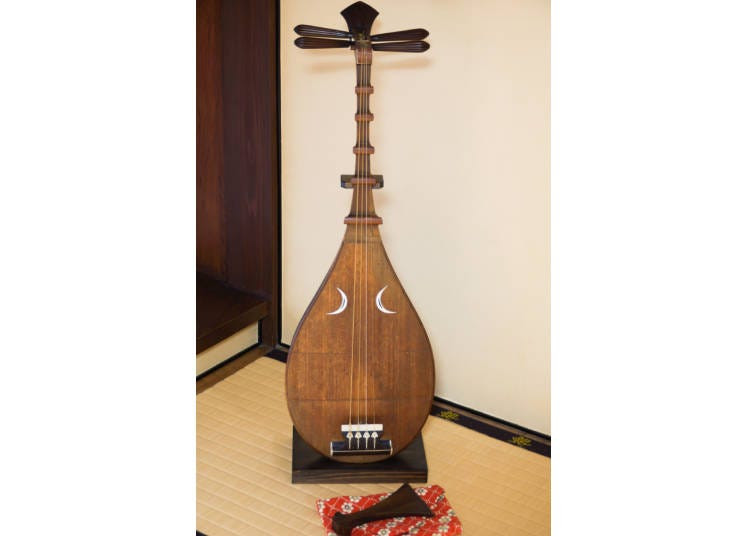 A Biwa player, known as a biwa-hoshi, performing with a Biwa and plectrum
A Biwa player, known as a biwa-hoshi, performing with a Biwa and plectrum
(Photo: PIXTA)
The Biwa is another captivating Japanese string instrument that deserves attention. It’s a short-necked lute played with a large plectrum called a bachi. Historically, traveling biwa players, known as biwa-hoshi, were popular figures. They used the biwa to accompany their storytelling, most famously reciting “The Tale of the Heike,” a classic work of Japanese literature.
The biwa’s history extends back to the 7th century, where it was used in gagaku, traditional Japanese court music. Although its popularity declined with the rise of modern music during the Meiji Era, the biwa remains a significant instrument with a rich heritage. Biwas come in various forms, typically having three to five strings and four to six frets. The satsuma biwa is particularly well-known for its distinctive sound and construction. In recent years, there’s been a renewed interest in the biwa, with musicians incorporating it into Western music genres. Composer Toru Takemitsu, for example, integrated the biwa into Western orchestral music in pieces like “November Steps,” showcasing its versatility and potential for cross-cultural musical dialogues.
4. Sanshin: The Twangy Sounds of Okinawa
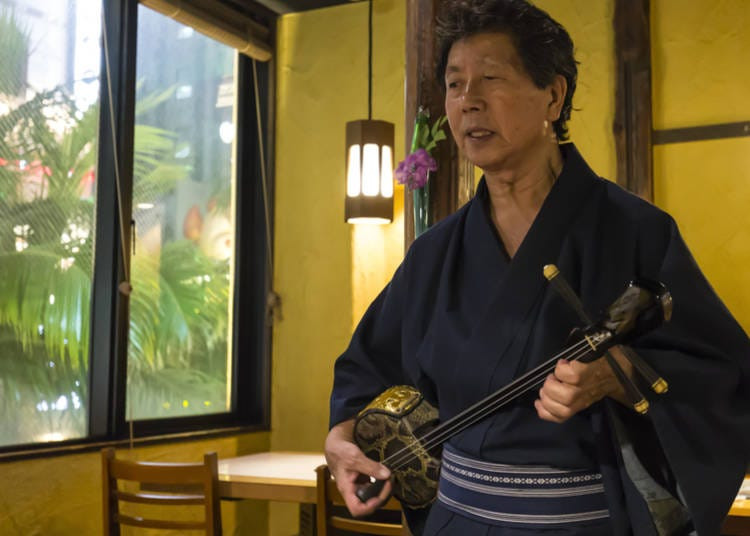 A Sanshin player in Okinawa, playing the three-stringed instrument with a plectrum
A Sanshin player in Okinawa, playing the three-stringed instrument with a plectrum
For a different flavor of Japanese string music, we turn to the Sanshin, originating from Okinawa. This Japanese string instrument, traditionally made with snakeskin, offers a distinct “twang” that sets it apart from other Japanese string instruments and even Caribbean island music.
The name ‘Sanshin’ literally translates to ‘three strings,’ which is exactly what this instrument possesses. These strings are referred to as the male, middle, and female strings, producing notes from low to high respectively. Often compared to a banjo due to its plucked style and sound, the sanshin is a vital part of Ryukyuan folk music. You can also hear it played at significant Okinawan events like graduations and special ceremonies. Interestingly, sanshin music notation uses Kanji characters instead of Western musical notes, reflecting its unique cultural context.
Beyond Strings: Exploring Other Essential Japanese Instruments
While our focus has been on Japanese string instruments, a broader appreciation of Japanese music necessitates acknowledging other iconic instruments that contribute to its rich soundscape.
5. Shakuhachi: The Meditative Bamboo Flute
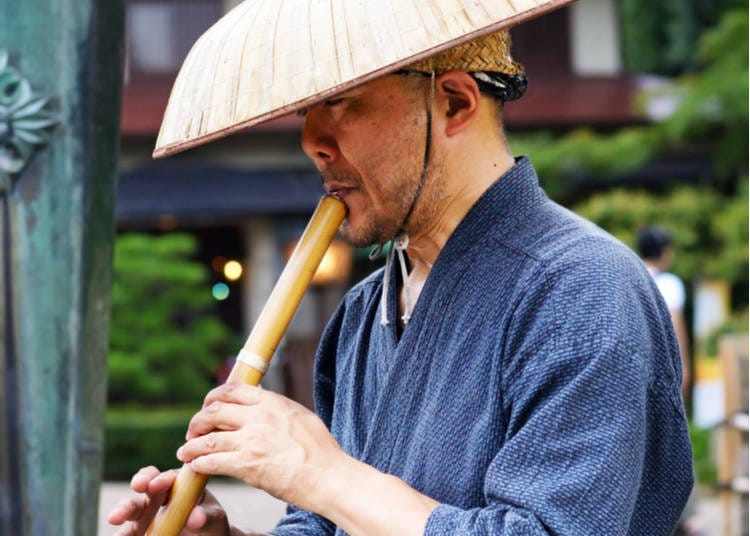 A Shakuhachi player in a Zen garden setting, playing the bamboo flute vertically
A Shakuhachi player in a Zen garden setting, playing the bamboo flute vertically
The Shakuhachi is a renowned Japanese wind instrument, often simply called a Japanese flute. Historically, it has been deeply associated with Zen Buddhism, used by monks as a spiritual tool for meditation practices known as ‘suizen’ (blowing meditation).
Held vertically, the shakuhachi is typically crafted from bamboo and features four holes on the front and one on the back. Originally intended for personal spiritual enlightenment, shakuhachi music was not primarily for public performance. However, today, you can experience monks performing honkyoku, the traditional shakuhachi repertoire, in concert settings, allowing audiences to appreciate its meditative and ethereal qualities.
6. Taiko: The Powerful Resonance of Japanese Drums
 A Taiko drumming ensemble performing with various sizes of Taiko drums, showcasing dynamic movement
A Taiko drumming ensemble performing with various sizes of Taiko drums, showcasing dynamic movement
Arguably the most internationally recognized Japanese instruments are Taiko drums. These drums are a vibrant part of Japanese summer festivals and cultural ceremonies worldwide. Wa-daiko (Japanese drums) encompass a wide array of sizes and shapes. Examples include the tsuzumi, an hourglass-shaped drum, and the byo-uchi-daiko, carved from a single piece of wood. The oo-daiko, the large drums at the back of taiko ensembles, are particularly visually and sonically impactful.
Taiko drums are often performed in ensembles called kumi-daiko, where each drum has a specific role, and voiced calls help coordinate the players. For a hands-on experience, you can even try playing taiko yourself at arcades in Tokyo through games like Taiko no Tatsujin (Taiko Drum Master), which allows you to play along to modern J-pop tunes using traditional drumming techniques.
Experience the Sounds of Japan
Exploring traditional Japanese instruments provides a profound insight into Japanese culture. These instruments, including the diverse family of Japanese string instruments, have not only endured through centuries but continue to evolve and remain relevant in contemporary Japan. Whether you are a guitar player looking to broaden your musical horizons or simply curious about world music, seeking out opportunities to listen to these instruments will undoubtedly enrich your appreciation of Japanese arts and traditions. Next time you are in Tokyo or exploring Japanese culture, be sure to listen for the captivating sounds of these six traditional Japanese instruments and discover your own favorites.
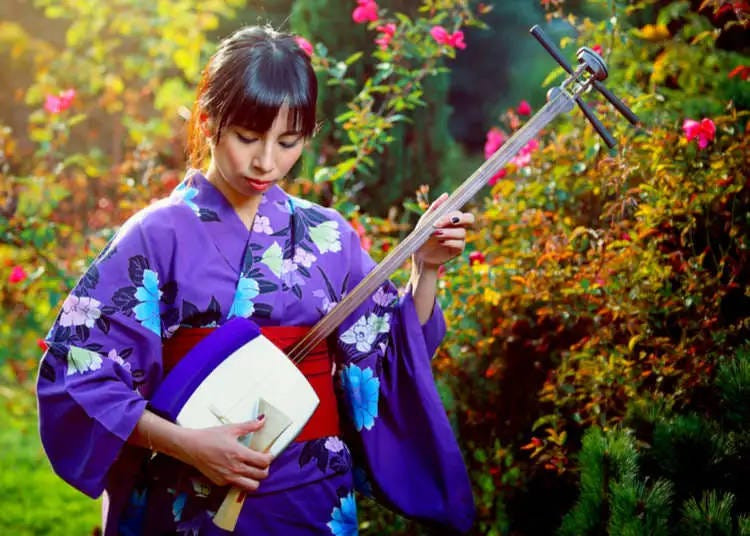 (Video) Enjoying Traditional Japanese Music and Instruments!
(Video) Enjoying Traditional Japanese Music and Instruments!
This Awesome Tokyo Experience Will Make You Fall in Love with Japanese Music
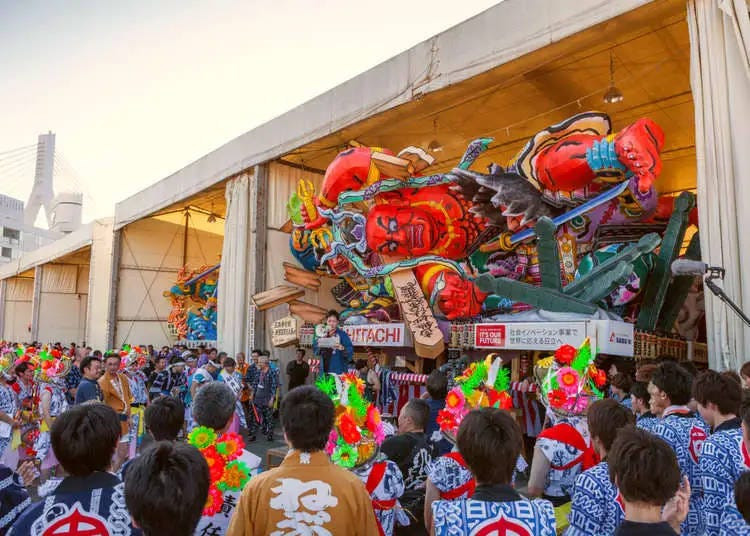 10 Epic Reasons You’ll Fall in Love With Japanese Festivals
10 Epic Reasons You’ll Fall in Love With Japanese Festivals
This information is from the time of this article’s publication.Prices and options mentioned are subject to change.*Unless stated otherwise, all prices include tax.
Share this article.
 Booking.com Search FlightsImage
Booking.com Search FlightsImage
Recommended places for you
See More
Latest Articles
See More
Recommended articles for first-time visitors to Japan
See More
Popular Keyword
Search

